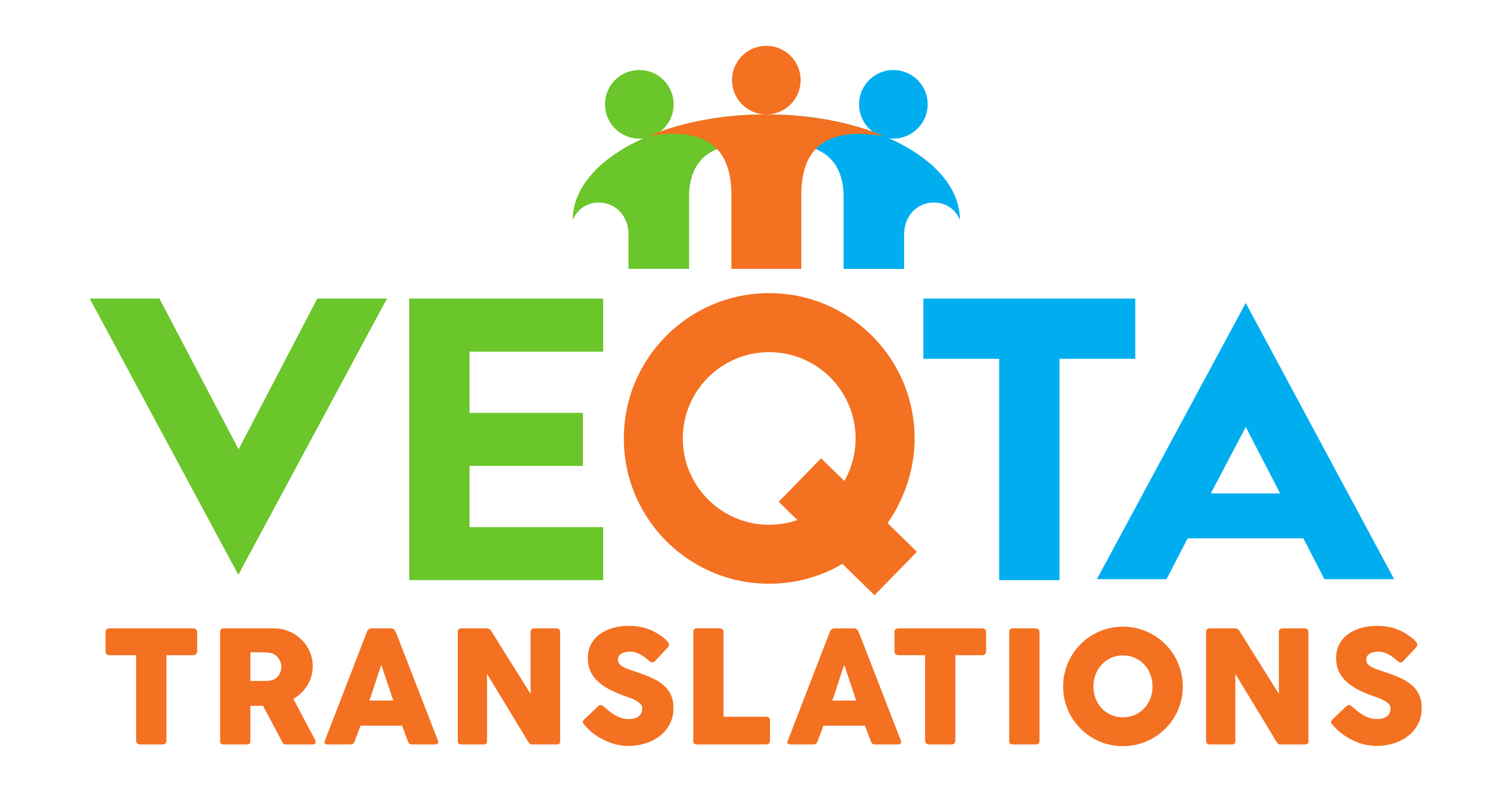Can a machine or student translate correctly without understanding grammar? This question inspired researchers at the University of Da Nang to experiment with bilingual dictionaries and n-gram models. Vietnamese-to-English translation presents unique challenges, as Vietnamese syntax doesn’t follow the same structure as English. This study explores how phrase translation can succeed—even without grammar—by relying on bilingual dictionaries and probabilistic n-gram modeling.
1. Background of the Case Study
Researchers trained a system to translate common Vietnamese phrases using dictionary lookups and frequency analysis of English word pairs and triplets (n-grams).
2. What Are N-grams?
N-grams are word sequences that help predict the next word based on probability. For example, “I am” is often followed by “happy” or “going.”
3. Why Grammar Isn’t Always Needed
In natural translation, grammar helps maintain coherence—but data-driven approaches like n-grams can predict acceptable English sequences even without deep grammar understanding.
4. Dictionary + N-gram Synergy
By combining dictionary translation for vocabulary and n-gram frequency for structure, researchers produced sentences that were surprisingly readable, though not perfect.
5. Results and Accuracy
The model achieved roughly 78% accuracy in semantic meaning. Errors often occurred in idiomatic phrases, where literal translation failed.
6. Implications for Localization
This technique helps Vietnamese translators using CAT tools like Trados or Google Translate improve fluency scores through phrase-based correction.
7. Limitations
N-gram models lack deep understanding of syntax and nuance—making them inferior to neural machine translation for complex texts.
Conclusion
While grammar-free translation might sound impossible, n-gram and dictionary-based systems demonstrate that phrase prediction and pattern frequency can yield surprisingly coherent English output. For Vietnamese-to-English localization, these hybrid systems show promise for improving translation efficiency in limited-resource contexts.
FAQs
1. What is the role of n-grams in translation?
They predict likely word sequences based on usage frequency.
2. Can translation be accurate without grammar rules?
To a degree—pattern recognition can mimic natural phrasing but lacks nuance.
3. What is the main limitation of dictionary + n-gram systems?
They fail with idioms and context-heavy expressions.
4. Are n-grams still used today?
Yes, as part of hybrid models that support neural translation systems.
5. How does this help human translators?
It provides data-backed phrase suggestions to speed up workflow.

Home
Blog, Localization, TranslationPhrase Translation without Grammar Rules: A Vietnamese→English Case Study Using Bilingual Dictionary + n-grams
Phrase Translation without Grammar Rules: A Vietnamese→English Case Study Using Bilingual Dictionary + n-grams
Written by Lawrence Retales• October 16, 2025
Recent Posts
- From French Metaphors to English Clarity: A Case Study in Scientific Translation
- Localization Tactics: How French Marketing Content Is Adapted for English Audiences
- Challenge Sets in French → English MT: 7 Linguistic Divergences That Trip Up AI
- 10 Common Errors in Student French-to-English Translation and How to Avoid Them
- 8 Translation Pitfalls in French-to-English Localization: Insights from Norms-of-Substitution Studies
Translation & Localization Services in Over 200 Languages

Copyright © 2025 - VEQTA Translations Pte Ltd
